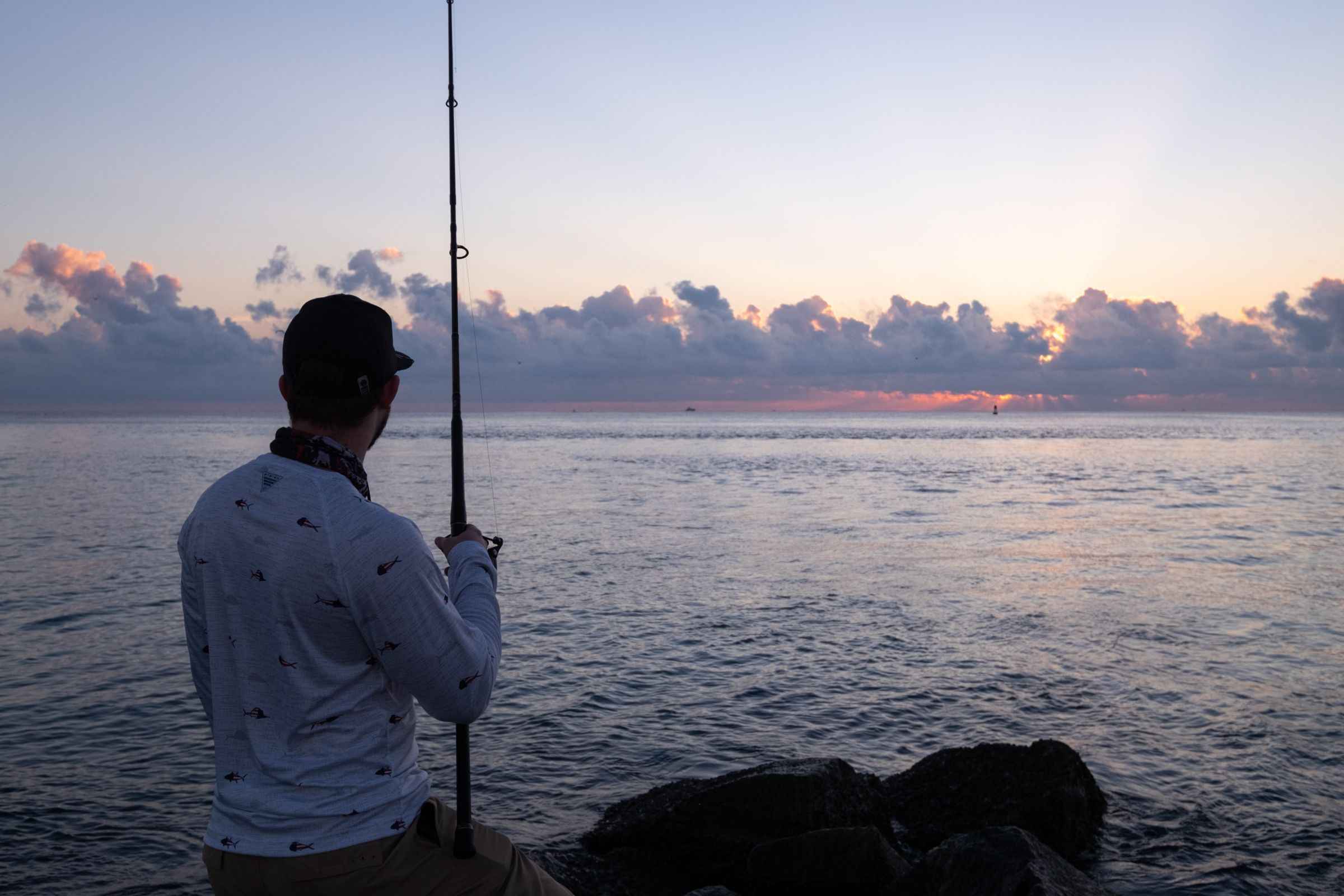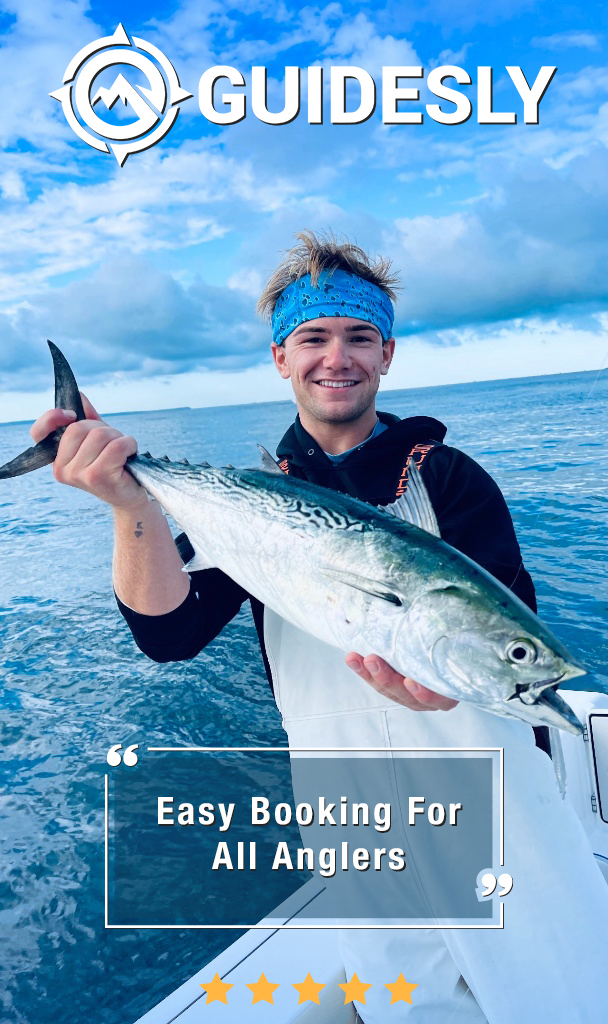Florida Fishing Secrets
Planning to take a trip to Florida? Read on to discover a few secret tips and techniques for fishings in these waters.

There's no denying that Florida is considered an ultimate fishing state for anglers because of the year-round fishing it offers. From offshore waters in the Gulf of Mexico to its grass flats, the Sunshine State has something to offer for everyone. When the competition for space on the water and the race for a trophy fish get heated, it pays to know the lay of the land and come armed with an extra bag of tricks in your tackle. Let’s take a look at some of Florida’s fishing secrets.
Be the Fish
You have to know your fish. One of the cardinal rules of fishing is to research your target species. Apart from knowing its habitat and the best technique to catch it, you need to understand the behavior of fish and how it reacts to stimuli or its environment.
An angler who develops a deeper relationship with the fish they are targeting will understand how the fish naturally adapt to their surroundings on a day-to-day basis. Tides, currents, or temperatures can change, and these can affect the behavior of fish. Anglers should know how to think, feel and act like a fish.

Over, Not Under
Fish have instincts that help them survive, so understanding their pattern of behavior will refine your strategy and technique. It will determine where to cast your line or how much time you’ll dedicate to a single area. You should never under fish a spot in Florida - you could easily miss the honey hole by mere inches.
Redfish, snook, and speckled trout typically stay near structures that provide a place to hide from predators and ambush their prey. These fish instinctively stay near schools of big mullet, which serve as an early warning device for approaching predators. If you don’t pay attention to these details, it can be easy to miss your target.

You Can Survive on One Rig
Florida has diverse bodies of water, but anglers don’t need to pack an entire arsenal to fish. If you bring the right rig and educate yourself on the species that live here, you can catch plenty of fish with just one all-purpose rig.
A 6 1/2 foot to 7-foot medium action rod with a 3000 series reel is a great all-rounder. You can use either a 20-pound braided line or a 12-pound monofilament line and pack the other in your tackle. This setup keeps you agile to cast but can hold the line against a strong fish. This is a good all-purpose rig that will serve you well in almost any part of Florida.
Use a Good Leader Line
You should always use a leader line in Florida since most of the fish have sharp teeth. A fluorocarbon shock leader works best for most situations, and a steel leader should be used for fish with exceptionally sharp teeth, like that of a king mackerel. Leaders are 24-30 inch long sections of heftier line that prevent snapping when casting out. It gives extra protection against abrasive surfaces such as rocky structures. A 30-pound test will serve well in most applications.
It’s Good to be Shallow
The topography of the Florida state is generally flat both above and below water. Shallow and clear waters allow sunlight to penetrate the surface and promote the growth of grass. This is why these waters are called grass flats, and they are usually a few inches up to 10-feet deep, depending on which part of Florida you’re in. A majority of bigger trophy fish are caught in waters less than two feet deep.

The grass flats are where you can fish for the most variety of species. Speckled trout, Spanish mackerel, bluefish, pompano, crevalle jack, cobia, flounder, and sea bass are just some of the fish you'll encounter.
When fishing the shallows, anglers need to be stealthy, so wading in the flats or drifting on shallow draft boats are often preferred. Hiring a charter with a veteran guide is best, as they will know how to navigate the waters quietly.
Shrimp is King
Since most of the fish in Florida feed on crustaceans, it's no surprise that the best bait to use is live shrimp. Just like the state’s fishing season, shrimp is available year-round. Shrimp will catch virtually every species in almost every body of water in Florida. It’s best used with a float or a popping cork, which is highly effective for speckled trout.
If you’re stationary and not casting out too far, bridges and docks are great spots to use shrimp for fishing. Free-lining shrimp or using a shrimp-tipped jig from the structures at night is bound to yield snook and other game fish. These spots are known for harboring shrimp, so if you go where the shrimp are, the game fish will be there as well.
When using live shrimp, keep them alive by storing them in an ice chest. Use frozen water inside plastic bottles instead of ice since melted ice will kill the shrimp. If the fish are not going for the shrimp, you can use food coloring to make them brightly colored.

Coasting
Most anglers head to the grass flats or offshore for game fish, but they sometimes underestimate the beach. Surf casting on the shore is more challenging since finding fish is trickier. If fishing on the coast, the best time would be sunrise or twilight, when the tides are in between rising and falling. You’ll need to stealthily walk along the coast and cast parallel to the shore, not out toward the ocean. Fish are usually either near the shoreline or in channels that lead toward deeper waters.
Use Aerial Maps
Satellite images are a useful tool to get an aerial view of the bodies of water. Technology has improved drastically, allowing increased magnification without sacrificing image quality. You can find hidden inlets and lakes that could be potential hotspots. It can help anglers zero in on a specific area and plan their travel accordingly, eliminating aimless wandering.
Satellite images are even more useful during peak seasons when the nearshore waters, piers, and shores are too crowded. Anglers can find a quiet spot to fly fish away from all the seasonal tourists.
The Best Kept Secret
Finally, the real secret to Florida’s fishing is respecting the waters. A real angler always follows the laws, regulations, size, and bag limits. These are put into place to protect the fish both as a resource and as a vital part of the aquatic ecosystem. Ensuring that Florida waters can be enjoyed by the next generations is the best-kept secret of all.



